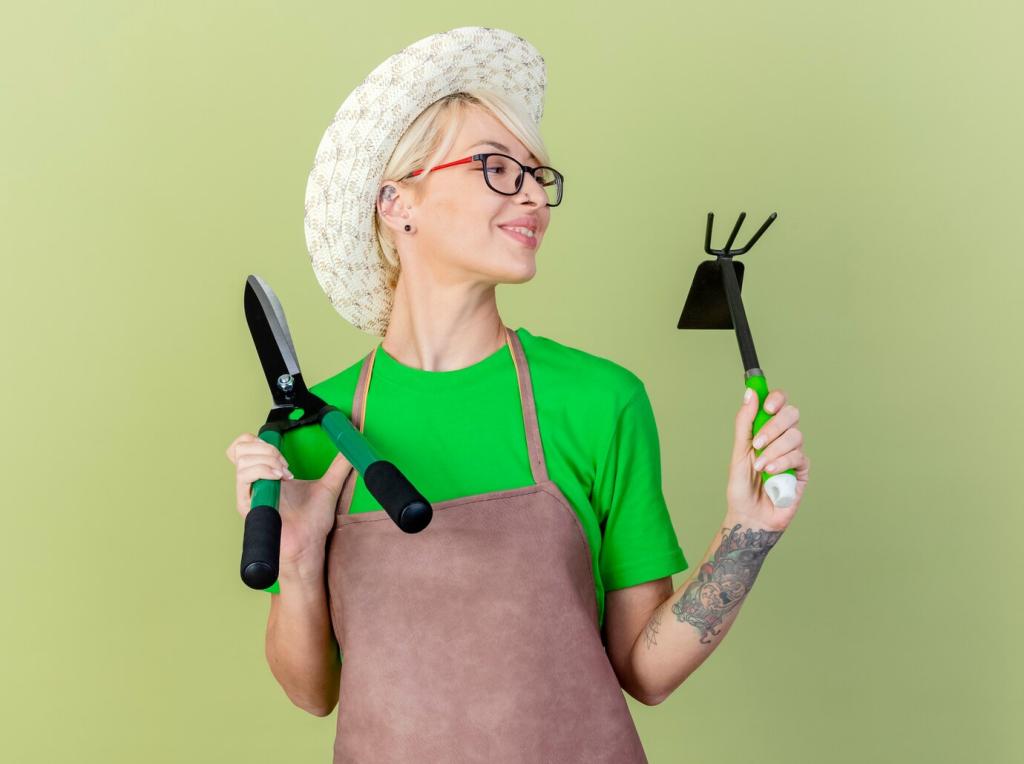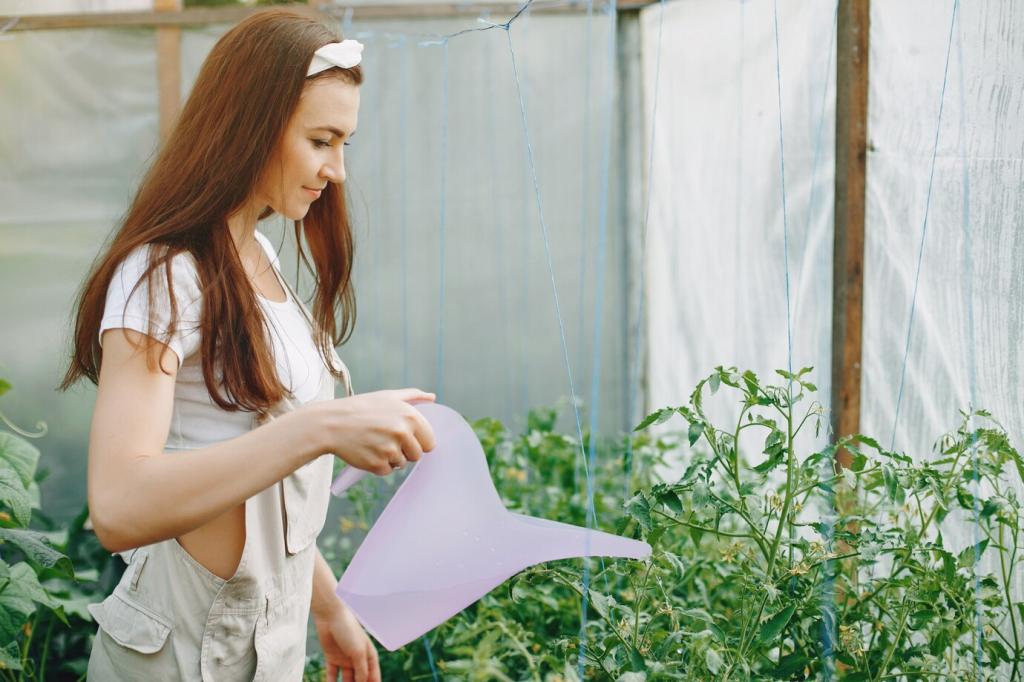Measure and Test: Tools That Guide Every Decision
A basic soil test kit reveals pH, nutrient levels, and organic matter trends. With real data, you avoid guesswork, choose the right starter fertilizer, and prevent overfeeding that burns tender new grass.
Measure and Test: Tools That Guide Every Decision
Measure lawn area to calculate exact seed and fertilizer rates. Use string lines to keep edges straight and renovation zones organized. Accurate measurements save product, money, and hours of frustrating rework.








